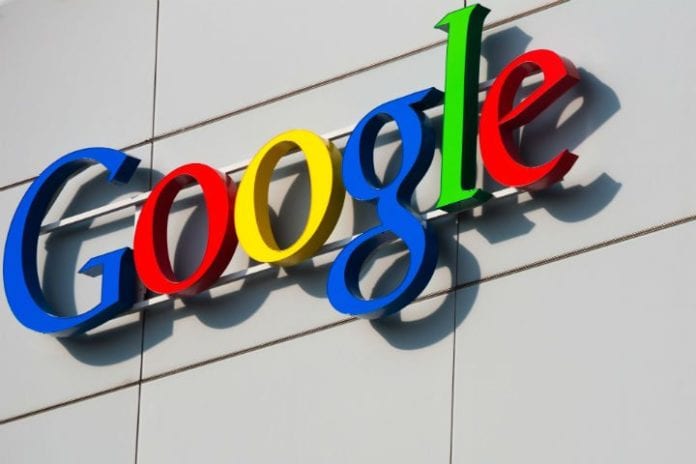Google announces five new cloud computing regions and three submarine cables
Google announced Tuesday it is expanding its global infrastructure with the addition of three new submarine fiber-optic cables and five new cloud computing regions to be launched later this year.
The five new areas Google is adding to its infrastructure include Los Angeles, Montreal, the Netherlands, Finland and Hong Kong. The Netherlands and Montreal are among the first regions to be incorporated into Google’s infrastructure, which will open in the first quarter of 2018.
The search engine giant also noted plans for three new undersea cables: a private cable connecting Chile to Los Angeles called Curie; a consortium cable connecting the U.S. to Denmark and Ireland called Havfrue; and a consortium cable interconnecting major subsea communication hubs in Asia called the Hong Kong-Guam Cable system (HK-G). Google said it will work with Facebook, Aqua Comms and Bulk Infrastructure to build the Havfrue cable in an effort to boost capacity and resiliency in its North Atlantic systems.
While Google is investing heavily in the project, the company wasn’t exactly thrilled to enter the undersea cable business. “I would prefer not to have to be in the cable-building consortium business,” Ben Treynor Sloss, vice president of engineering at Google, told the Wall Street Journal. He added “there weren’t a lot of great options” when looking for ways to expand Google’s cloud business to places like Australia and South America.
Sloss expressed a more optimistic tone with respect to the undersea cable business in a company blog post by noting, “With Curie, we become the first major non-telecom company to build a private intercontinental cable.” He added, “Since we control the design and construction process, we can fully define the cable’s technical specifications, streamline deployment and deliver service to users and customers faster. Also, once the cable is deployed, we can make routing decisions that optimize for latency and availability.”
Google has already invested $30 billion on enhancing its infrastructure over three years. The new regions and subsea cables could help the company better compete with rivals like Microsoft and Amazon, which currently dominate the cloud computing market. Both companies have invested in undersea cables and data centers to decrease latency and increase availability in their cloud services.

